Shattering Expectations: The History of Windshield Innovation
Updated: Nov 4, 2024
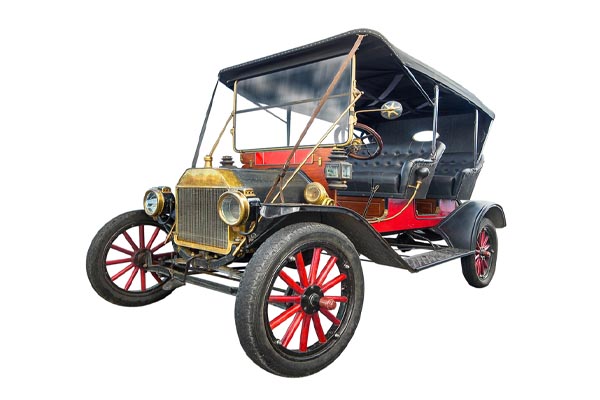
The evolution of auto glass and the history of windshields is a fascinating chapter in automotive development, reflecting advancements in safety, technology, and design. Initially mere windows to the world outside, windshields have transformed into critical components that contribute significantly to the structural integrity and safety of modern vehicles. Today, they are designed to protect passengers from debris, reduce injuries during accidents, and enhance the overall aesthetics and aerodynamics of vehicles.
At Liberty AutoGlass, we pride ourselves on our deep understanding of the intricacies of auto glass, from its historical development to the latest innovations in windshield technology. Our expertise in windshield repair and replacement ensures that every vehicle we service maintains the highest standards of safety and quality, honoring the rich history of auto glass while employing the most advanced techniques available.
In this article, we will explore the evolution of auto glass and the history of windshields, examining the technological advances that have shaped their development and highlighting the critical role they play in modern automotive safety and design.
A Clear View Through Time: The Evolution of Windshields
Contents
- 1 A Clear View Through Time: The Evolution of Windshields
- 1.1 The Early Days of Automotive Glass
- 1.2 The Invention and Evolution of Laminated Glass
- 1.3 The Introduction of Tempered Glass
- 1.4 Technological Innovations in Windshield Design
- 1.5 Advanced Windshield Technologies
- 1.6 Windshields and Vehicle Safety Standards
- 1.7 The Role of Professional Auto Glass Services
- 2 History Of Windshields: FAQs
- 2.1 Can Advanced Windshield Technologies Improve Fuel Efficiency?
- 2.2 What Safety Certifications Should Consumers Look For In Auto Glass Repair Shops?
- 2.3 Are There Any Legal Requirements For Windshield Visibility And Tint Levels?
- 2.4 How Often Should Windshields Be Inspected For Damage?
- 2.5 What Should You Expect During a Windshield Replacement?
- 3 Conclusion
- 4 For Trusted Auto Glass Services, Call Liberty AutoGlass
In the following sections, we’ll delve into the pivotal milestones in the technology of the history of windshields, from the early use of plain glass to the introduction of safety laminated glass. We’ll also explore the technological advances that have led to improvements in durability and functionality, such as the development of tempered glass and the integration of advanced features like UV protection and heads-up displays.
The Early Days of Automotive Glass
Overview of the Earliest Forms of Automotive Glass (Pre-1900s)
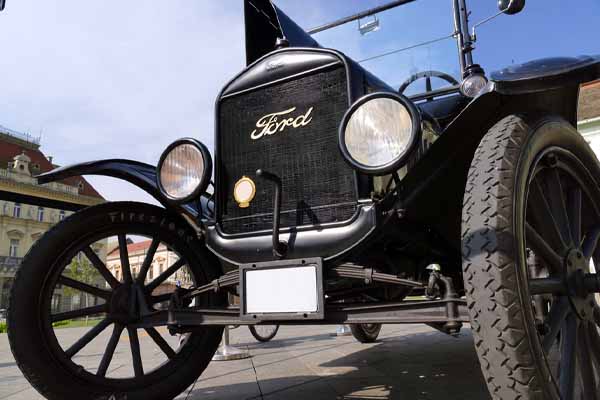
In the nascent stages of automotive development, before the 1900s, vehicles were essentially open carriages without any form of glass protection. As cars became faster and more widely used, the need for a barrier to protect drivers and passengers from wind, road debris, and inclement weather became evident. This led to the introduction of basic glass panes, which were initially just simple, untreated sheets similar to those used in homes.
Windshield Repair You Can Rely On! Call us today to see how Liberty AutoGlass can restore your vehicle’s safety and clarity. Call now!
Initial Challenges with Glass Clarity and Safety
The introduction of these early windshields, however, brought new challenges. The glass used during this period lacked clarity and often distorted the driver’s view, which could compromise safety. Moreover, this early automotive glass was prone to shattering upon impact, creating dangerous shards that posed significant risks to passengers. The clear need for safer and more reliable windshields drove rapid advancements in automotive glass technology, aimed at improving both visibility and safety for all vehicle occupants.
The Invention and Evolution of Laminated Glass
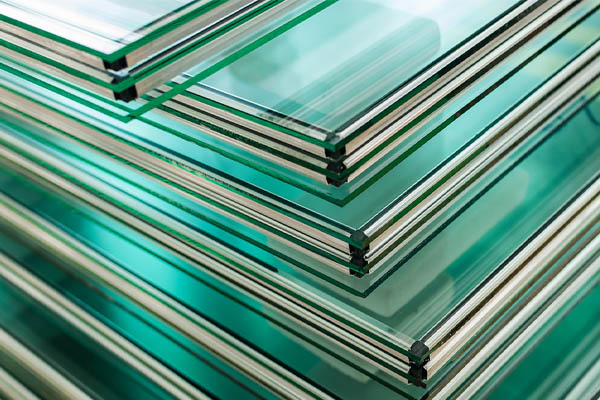
Introduction to the Invention of Laminated Glass by French Chemist Édouard Bénédictus
The history of windshields shows a significant leap forward in windshield safety can be credited to French chemist Édouard Bénédictus, who accidentally invented laminated glass in the early 20th century. After dropping a glass flask coated with cellulose nitrate, Bénédictus observed that the glass cracked but did not shatter. This serendipitous discovery led him to experiment further, eventually leading to the creation of a glass that could withstand impact without breaking into dangerous shards.
How Laminated Glass Revolutionized Safety in Automobiles
Laminated glass, comprising two layers of glass bonded with a plastic interlayer, was a game-changer for automotive safety. This new type of glass could absorb impact and remain intact, significantly reducing the risk of injuries from flying glass in the event of an accident. The clarity of the glass was also maintained, ensuring that drivers’ visibility was not compromised. Laminated glass thus addressed the two major issues of early automotive glass: safety and visibility.
Expert Windshield Replacement Done Right! Contact us today to ensure your windshield meets the highest safety standards. Call today!
Adoption of Laminated Glass in Vehicle Manufacturing
The superior safety features of laminated glass led to its rapid adoption in the automobile industry. By the 1920s, laminated windshields had become a standard feature in many vehicles, marking a pivotal move towards prioritizing passenger safety in automotive design. This adoption underscored the industry’s commitment to evolving vehicle safety standards and set a new benchmark for manufacturers in how car windshields were designed and implemented.
The Introduction of Tempered Glass
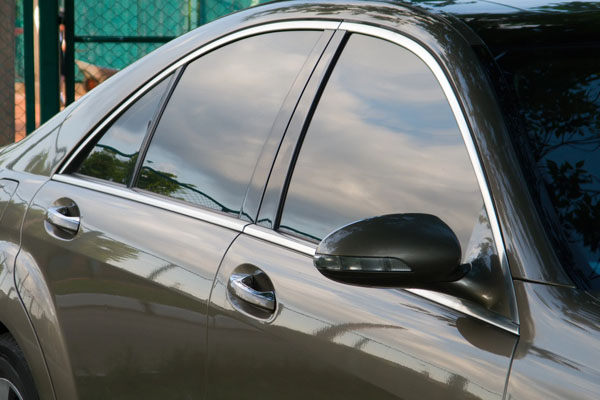
Explanation of Tempered Glass and Its Properties
Tempered glass, or toughened glass, undergoes a process of intense heating followed by rapid cooling. This treatment significantly strengthens it compared to standard glass, making it safer because it shatters into small, blunt pieces upon impact.
Comparison Between Tempered Glass and Laminated Glass
Tempered glass differs from laminated glass, which has layers bonded with a plastic film that prevents the shards from separating upon breakage. Conversely, tempered glass is a single piece that breaks into small, less dangerous fragments.
Professional Auto Glass Services You Can Trust! Call now to schedule your repair or replacement with Liberty AutoGlass. Contact us today!
Uses of Tempered Glass in Vehicles
In the automotive industry, tempered glass is primarily used for side and rear windows. Its ability to shatter into less harmful pieces upon impact makes it suitable for these areas of a vehicle, providing an added safety measure by allowing occupants to escape in emergency situations.
Technological Innovations in Windshield Design
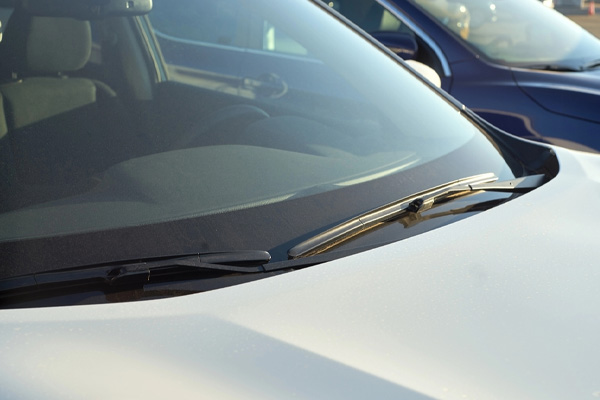
Development of Curved Windshields and Their Impact
The introduction of curved windshields marked a significant advancement in automotive design. This innovation not only improved vehicle aerodynamics by reducing air resistance but also enhanced driver visibility by enlarging the field of view. Curved windshields have become a standard due to their ability to merge functionality with aesthetic appeal, offering smoother vehicle profiles and improved fuel efficiency.
Introduction of Tinting and UV Protection Features
Technological advancements in windshield production also led to the integration of tinting and UV protection. These features not only enhance comfort and privacy but also protect occupants from harmful ultraviolet rays, reducing the risk of skin damage and the interior fading of vehicle upholstery.
Fast and Reliable Windshield Repair! Call us today to get back on the road safely with Liberty AutoGlass. Call us now!
The Role of Windshields in Modern Vehicle Structural Integrity
Modern windshields play a crucial role in the structural integrity of vehicles. They are designed to be an integral part of the vehicle’s safety structure, contributing significantly to roof support during rollovers and adding to the overall stiffness and stability of the vehicle frame. This structural contribution is vital in protecting passengers during accidents.
Advanced Windshield Technologies
Heads-Up Displays (HUD) and Windshield Integration
Heads-up displays (HUD) represent a transformative technology in modern windshield design. By projecting vital information such as speed, navigation, and alerts directly onto the windshield, HUD systems allow drivers to maintain their focus on the road ahead, seamlessly integrating data display with the driving experience. This integration not only enhances safety but also enriches the vehicle’s functionality.
Innovations in Windshield Heating and Defogging Technologies
Advancements in windshield heating and defogging technologies have significantly improved driving safety under adverse weather conditions. Modern windshields can now be equipped with thin heating elements or conductive films that quickly clear ice or condensation from the glass, providing clear visibility without the need for traditional defrosting methods.
Top-Quality Windshield Replacement for Your Vehicle! Contact us today to experience expert care and service. Call today!
Smart Windshields: Sensors and Connectivity
Smart windshields are at the forefront of automotive technology, equipped with sensors and connectivity features that enhance driver safety. These windshields can detect rain, automatically activating wipers, and adapt to changing light conditions to control tinting. Furthermore, connectivity with other in-car systems and external networks allows for real-time updates and alerts, contributing to a safer and more informed driving environment.
Windshields and Vehicle Safety Standards

Impact of Safety Standards on Windshield Manufacturing and Installation
Safety standards have played a pivotal role in shaping the manufacturing and installation processes of automotive windshields. These regulations ensure that windshields are not only capable of withstanding impacts but also contribute to the overall crashworthiness of vehicles. Manufacturers must adhere to stringent testing and quality control measures, which include ensuring that windshields can effectively support airbag deployment and maintain structural integrity in a collision.
Your Trusted Source for Auto Glass Services! Call us now and let Liberty AutoGlass handle all your auto glass needs. Call us today!
Role of Windshields in Crash Testing and Passenger Safety
In crash testing, windshields are crucial for evaluating a vehicle’s safety performance. They are integral to maintaining the cabin structure during front and rollover crashes, helping to prevent roof collapse and keeping passengers inside the vehicle. The strength and bonding of the windshield significantly affect the vehicle’s ability to protect its occupants, highlighting its vital role in overall vehicle safety systems.
The Role of Professional Auto Glass Services
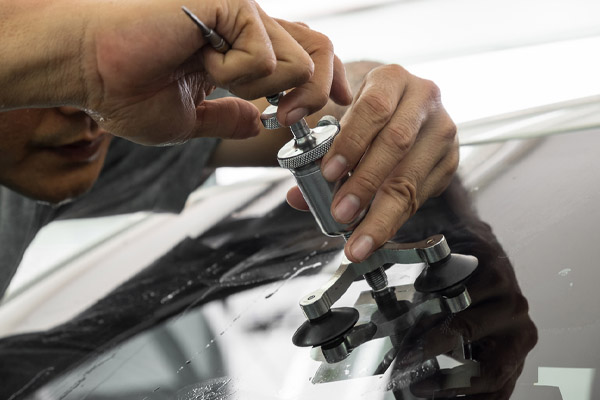
The integrity of a vehicle’s windshield is crucial not only for clear visibility but also for the overall safety of passengers. Professional installation and repair of auto glass are vital to maintaining these safety standards. Expert technicians ensure that windshields are installed with precision and repaired using industry-approved materials and methods. This meticulous attention to detail is essential in preserving the windshield’s role as a critical safety barrier in accidents. Proper installation directly influences the effectiveness of airbags and the structural integrity of the vehicle in a collision, emphasizing the need for skilled service.
Liberty AutoGlass: Dedication to Quality and Safety
Liberty AutoGlass epitomizes dedication to quality and safety in auto glass services. Our skilled technicians adhere strictly to industry standards, using only top-grade materials to ensure every service, from repair to replacement, maximizes passenger safety and vehicle performance.
History Of Windshields: FAQs

Can Advanced Windshield Technologies Improve Fuel Efficiency?
Yes, advanced windshield technologies, such as aerodynamic designs and lightweight materials, can contribute to improved fuel efficiency. Curved windshields reduce air resistance, allowing vehicles to move more smoothly through the air, which enhances fuel economy. Additionally, lighter windshields reduce the overall weight of the vehicle, further contributing to fuel savings.
What Safety Certifications Should Consumers Look For In Auto Glass Repair Shops?
Consumers should look for certifications like the Auto Glass Safety Council (AGSC) certification, which ensures that technicians follow industry-approved safety standards. A reputable shop should also use OEM (original equipment manufacturer) or OEM-equivalent parts and have trained, certified technicians who are knowledgeable about the latest repair techniques and safety guidelines.
Are There Any Legal Requirements For Windshield Visibility And Tint Levels?
Yes, there are specific legal requirements for windshield visibility and tint levels that vary by state or region. Most regulations mandate that windshields remain free of obstructions, cracks, or chips in the driver’s line of sight. Tinting laws also vary, but typically only a small percentage of tint is allowed on windshields, primarily in the area above the AS-1 line (the top few inches of the windshield).
How Often Should Windshields Be Inspected For Damage?
Windshields should be inspected regularly, ideally during routine vehicle maintenance or at least every few months. Any visible cracks, chips, or signs of wear should be addressed immediately to prevent further damage. Additionally, after any incident involving road debris or harsh weather, it’s advisable to inspect the windshield to ensure it remains intact and safe.
What Should You Expect During a Windshield Replacement?
During a windshield replacement, the damaged glass is carefully removed, and the area is cleaned to ensure a proper fit for the new windshield. Technicians apply a special adhesive to securely bond the new windshield to the vehicle. In modern cars, additional steps may include recalibrating sensors and advanced driver assistance systems (ADAS) to ensure the technology integrated into the windshield functions properly. The process typically takes about an hour, but you may need to wait a bit longer for the adhesive to fully cure before driving.
Conclusion
Windshields are crucial for vehicle safety and technology. The history of windshields shows them evolving from simple glass panes to advanced systems integrated with smart technologies. They play a vital role in enhancing structural integrity and passenger safety.
As windshield technology continues to advance, featuring potentially more interactive and connected systems, the expertise of professionals like those at Liberty AutoGlass will be increasingly important. With a commitment to quality and staying abreast of industry advancements, Liberty AutoGlass is well-prepared to address future challenges and ensure vehicles meet and exceed safety standards through superior technology and expert service.
Get The Service You Deserve! Contact us today to schedule a fast and professional repair. Call now!
For Trusted Auto Glass Services, Call Liberty AutoGlass

Liberty AutoGlass excels in delivering top-notch auto glass repair and replacement services. We utilize premium materials and advanced technology to provide superior service for your vehicle’s glass. Our mobile services enhance your convenience, enabling repairs at your home or office without interrupting your schedule.
We cover all types of auto glass, including windshields and door glass, and ensure comprehensive care. We also streamline the insurance claim process, managing all aspects for a smooth experience. Call us now to experience the quality and convenience of Liberty AutoGlass!
Contact us today or give us a call at (610) 377-7787 or (877) 90-GLASS if you have any questions. Click the link to view our complete mobile auto glass service area in Pennsylvania.

Related Articles:
- How Long Do Windshields Last?
- Red Flags: Signs to Look Out For a Faulty Front Windshield Installation
- Drive Safe This Winter With Trusted Windshield Repair
- Should I Take The Car To The Shop Or Have Mobile Windshield Replacement?
- Exploring Different Types of Auto Glass Repairs: Resin Injection, Crack Filling, & More
- Exploring the Role of Auto Glass in Vehicle Structural Integrity
- Smart Windshield Maintenance: Tips and Best Practices